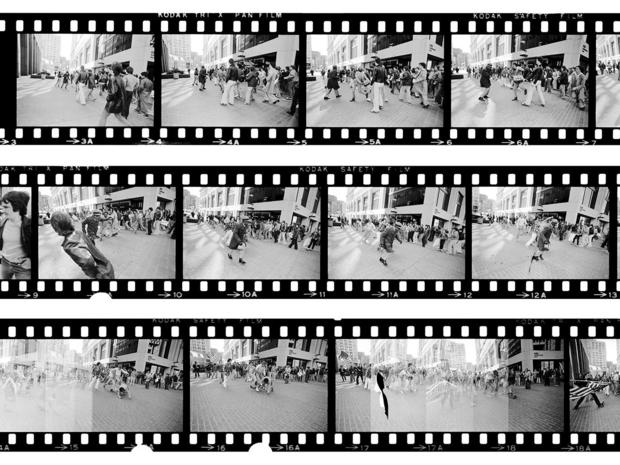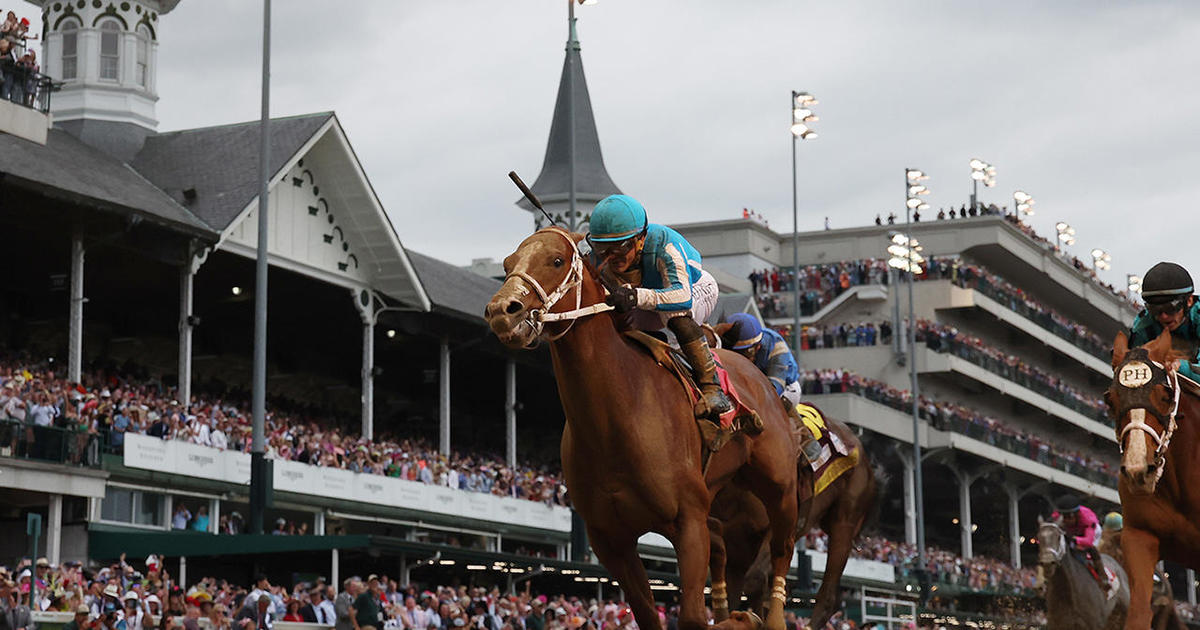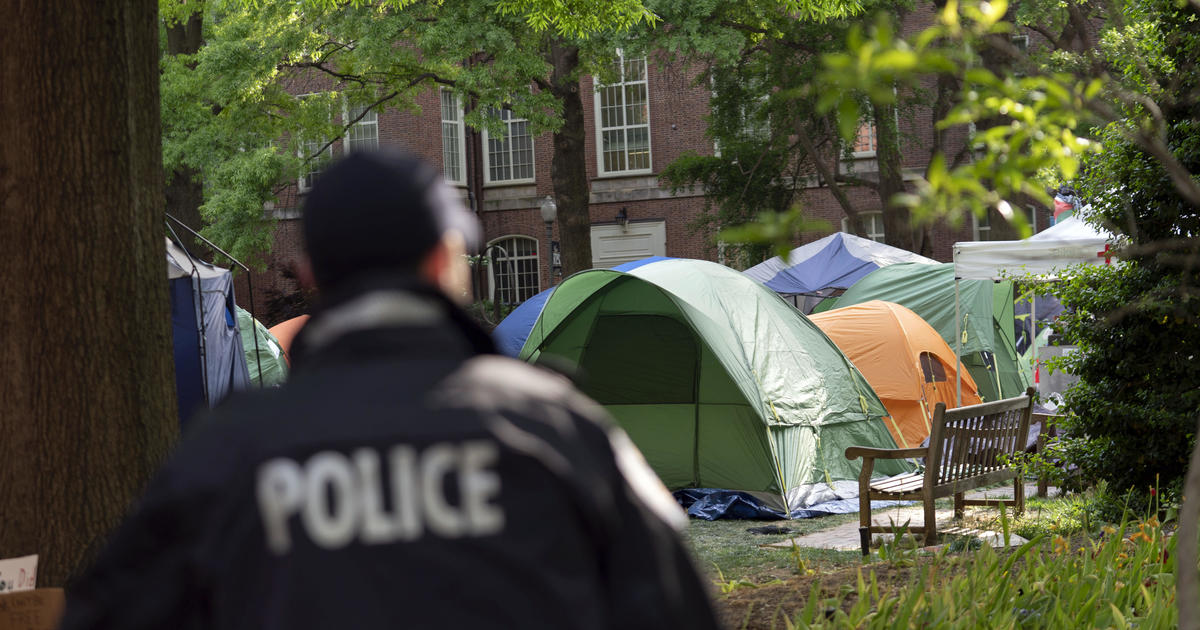Weaponizing the American flag as a tool of hate
By the spring of 1976, the city of Boston had become a kind of war zone. The court-ordered busing designed to desegregate Boston public schools had been going on for two years, and nobody was happy about it. One woman told a reporter at the time, "They may say it's helping; it's tearing 'em apart!"
For newspaper photographer Stanley Forman, April 5, 1976 started out like many other days: "I went to a demonstration every day. We were always there, in front of Southie High, Charlestown High."
On this day, the anti-busing demonstration was to be on the plaza of Boston City Hall. When Forman arrived, a group of white high-schoolers had already gathered.
Forman recalled, "I looked down the plaza, and I saw a Black man taking the turn, and it dawned on me: They're gonna get him."
The Black man was Ted Landsmark, now a distinguished professor of public policy and urban affairs at Northeastern University. In 1976, he was a young lawyer and community advocate on his way to a meeting in City Hall.
Landsmark told Salie, "I could hear their chants, the kind of chant that you would expect: 'Stop forced busing.' 'We want our neighborhoods back.' Then, one of the young men shouted out, 'There's a [N-word], get him.' The first young person to attack me hit me on my face. And that broke my nose and knocked off my glasses."
Forman watched the scene unfold, shooting constantly. "And then, he's pushed, and he's rolling over. And he's kicked. I mean, he was being pummeled."
Landsmark continued: "And as I was regaining my balance, one of the young men who was carrying an American flag circled back to swing the American flag at me. And that's when the famous photograph was taken. The flag itself never touched me. If it had, I probably wouldn't be here today."
Landsmark was taken to the emergency room at Mass General, where the Black doctor asked if he'd like a small bandage or a larger one. "I told him that I'd rather have the larger bandage," Landsmark said. "I knew the potential impact that a photograph could have."
Stanley Forman's photograph of the assault appeared on the front page of the Boston Herald American, and was picked up by news services around the world. "Oh, it was racism," Forman said of the scene. "I mean, it's an American flag. And it was hate. It was hate right in front of you."
That photograph would earn Forman a Pulitzer Prize.
Landsmark said he was unable to walk through the plaza for about two years after the event, "because it would conjure for me a lot of really negative feelings. But I have since walked through here hundreds of times. And at this point, it's just my way into City Hall."
As for the students who attacked Landsmark that day, he recalled, "The courts arranged for the young people to be brought into court to apologize to me, if I was willing at that time not to press charges against them."
He accepted their apologies. "For me, the ability to address many of the underlying causes of the structural racism that existed in the city at that time was more important than trying to settle a score with four young people who'd gotten caught up in a violent moment," he explained.
"Sunday Morning" reached out to Joseph Rakes, the young man holding the flag in 1976. Our interview request was declined.
Salie asked Landsmark, "How do you feel when you look at an American flag?"
"I feel sorry for people who have misused the flag as a symbol of a kind of patriotism that is often excluding of the many people who have stood up for, fought for, and defended what the flag symbolizes in terms of democratic access to the great resources that this country has," he replied. "I look at the flag as, still, a symbol of what we aspire to be."
For more info:
- Photographer Stanley Forman
- Ted Landsmark, professor of public policy and urban affairs, Northeastern University, Boston
- Photo of Stanley Foreman courtesy of AP photographer Chip Maury
- Archival footage courtesy of WBZ-TV
Story produced by Mary Lou Teel. Editor: Joseph Frandino.







